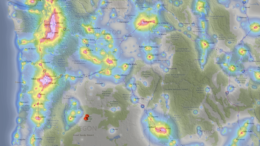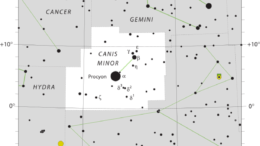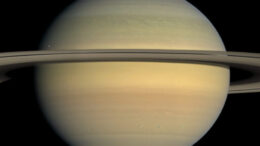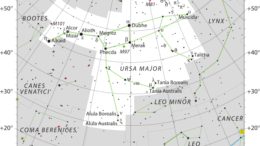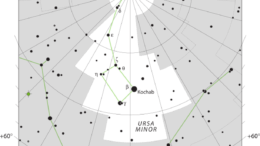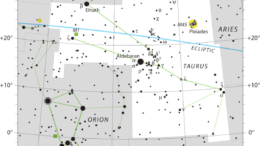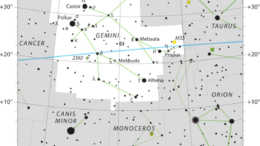People Leaving Portland: Good or Bad For Light Pollution?
Recent stories emerged about population decline in the Portland area. Although it wasn’t much of a decline, those leaving are some of the wealthiest and most connected individuals. This not only hurts the city economically,…
